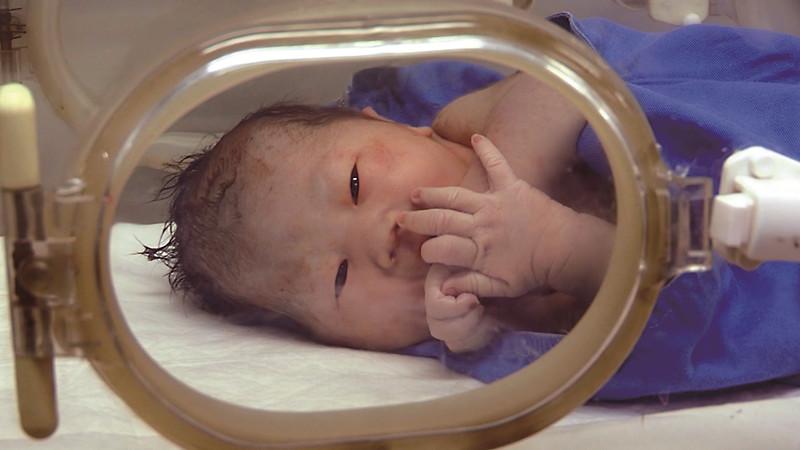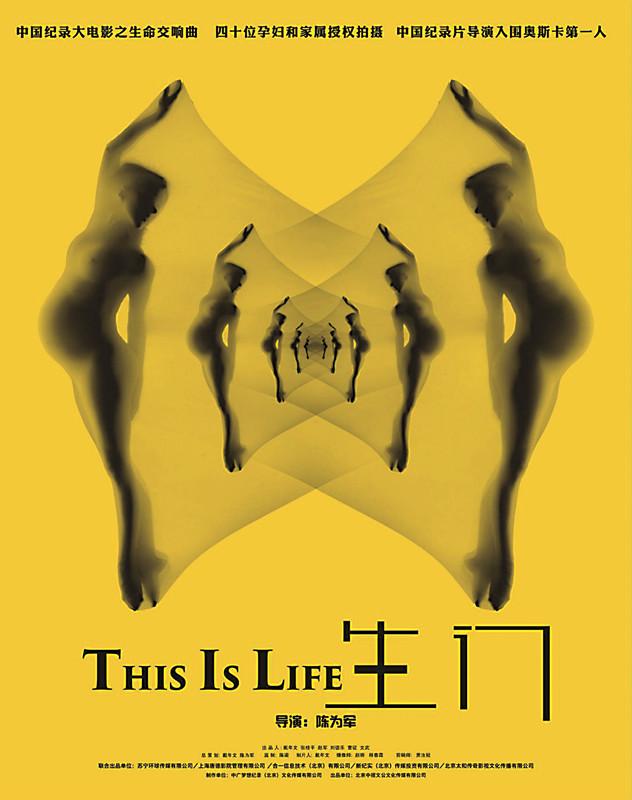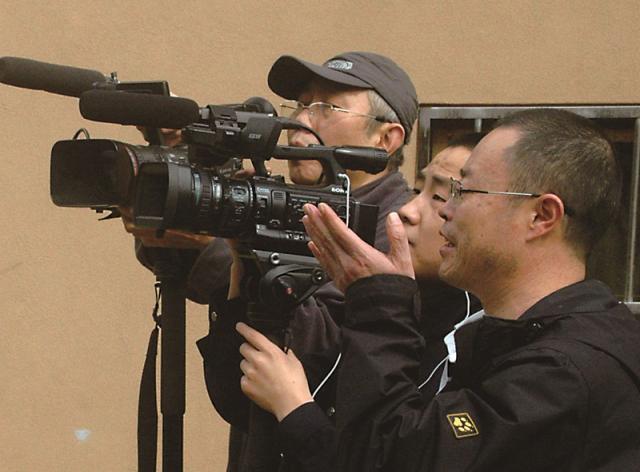Ju-Kuan Hsiao, the film’s editor, remembers with fondness the first time he met director Chen Weijun, in a cafe in Shanghai in February, 2016. Hsiao, from Taiwan, had worked with a number of famous directors but had not heard of Chen. Their first meeting was arranged by producer Dai Nianwen.
Hsiao watched clips from Chen’s portfolio and was instantly moved. They were determined to make the film and agreed that it would be a great subject for a documentary that would have huge social significance and resonate with audiences.
But they had a difference of opinion at first on whether to use music in the film. As an experienced documentary director, from the outset Chen was reluctant to add music and dislikes editing techniques that deliberately heighten suspense with music. Hsiao, however, insisted that music is a great way to seize an audience’s attention. In the end, Chen consented.
“Chen is easy-going and very modest, unlike many other directors who have a strong desire to dominate,” Hsiao told NewsChina.
A highlight of the music in the film is the interlude song Mother Loves You, which was produced in memory of the baby of Li Shuangshuang, another of the ladies in the film who carried her baby for nearly 30 weeks. The Healthy Birth Department of the hospital recommends that Li have an abortion because the child is highly likely to be severely disabled. Doctor Zhao Jiafu is reluctant to perform an abortion because the unborn child is still alive and so after consulting with the parents, the baby is delivered through caesarean section. The child lives for just a few days and Chen included a nine-second clip of the baby in the film.
“The song was composed for the child,” said producer Dai Nianwen. “Every life is worthy of being remembered and every child deserves the love of its mother,” Dai told NewsChina.
Unlike many outspoken and even aggressive film directors, Chen Weijun, 47, is reticent and reluctant to talk about himself. After graduating from Sichuan University in 1992, he found his first job at Wuhan Television in Hubei Province. In 1994, he made his first documentary, about a philosophy professor at Wuhan University. In making the documentary, he was deeply moved by the words of philosopher Deng Xiaomang: “My philosophy is based on my life.” These words, Chen said, had a lasting impact on him, particularly on his artistic production.
“If you want to produce a good documentary film [on any subject], you need to find a girlfriend, marry, and have a child. Otherwise, your feelings will be incomplete,” Chen said.
Chen made his name in documentary-making with his work To Live Is Better Than To Die, a film about the daily life of a family in rural Henan Province who became infected with HIV. The documentary scooped several awards internationally. In 2007, Chen’s documentary film Please Vote For Me, telling the story of elementary school elections for class monitor, was one of the 15 works shortlisted for the 2007 Oscar for documentary feature.
After many years of making films, Chen now suffers from numbness in his hands and lung diseases. Chen once said that if possible, he would prefer not to film again because of the physical and mental pressures.
As for the box office, the film, officially released on December 16, 2016, had to compete with a number of commercial blockbusters including director Zhang Yimou’s The Great Wall and The Wasted Times, featuring the stars Ge You and Zhang Ziyi. Chen said that he did not care too much about the box office and refused to accept that “documentary” is a synonym for “boredom.”
“A good story should be accessible to both high- and low-brow audiences. I appreciate human stories that can make an audience laugh and cry,” Chen said. “Hospitals are both the origin and end of life and, as a matter of course, a good movie about hospitals is also a good movie about Chinese people.”

 Old Version
Old Version

